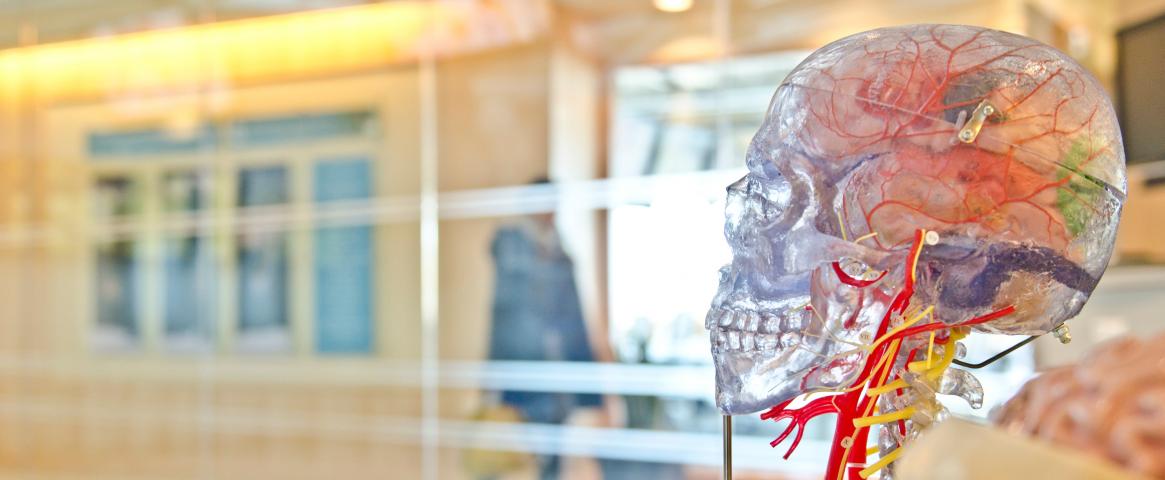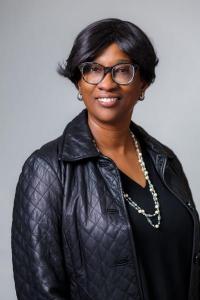Q: Tell us about yourself.
A: I am science and communications manager at the Developing Brain Institute at Children’s National, a brand-new position that I have held for almost one year. I write about the developing fetal and neonatal brain and the interplay between neurodevelopment and pregnancy complications (high levels of anxiety, stress and depression felt by pregnant moms, an underperforming placenta, etc.). I have been a professional writer for more than 30 years, moving around the nation (Florida, Washington state, Colorado, D.C.) for print newspaper jobs before transitioning into communications.
Q: How did you get interested in science writing?
A: I had been covering crime and was going to be transferred to a new beat. I asked if instead I could transfer to the team covering science, medicine and technology since they were all senior-level reporters from whom I could continue to learn. By the time I returned to my desk, I was back-up science writer. I have written award-winning stories about how people first came to the Americas, Kennewick Man, climate change, transport pollution, and ahead-of-the-pack stories about Colorado as the nation’s epicenter of the West Nile virus epidemic. I have also anchored coverage of the Columbia space shuttle crash and wrote timely enterprise stories about everyday science, such as moth invasions, fall leaf changing, and aromatherapy use at the zoo.
Q: What are you working on at the moment?
A: I write across platforms, so I am writing new web content as well as launching a new, paid social media promotion for studies that are currently enrolling patients. I am working on the rough cut for a Spanish language video for Project RESCUE, which provides stress-reduction interventions to pregnant women amid the COVID-19 pandemic; and I am scripting another video to promote a study that enrolls pregnant women whose fetuses are diagnosed with congenital heart disease. I am helping to file grant applications to support multi-institutional research projects.
Q: What's your favorite social media account that you follow?
A: Science writer and author @DelthiaRicks.
Q: If you could write about any scientific event/breakthrough/topic (past, present or future) what would it be and why?
A: The identification of remains of victims of the 1921 Tulsa Race Massacre. The event was one of the nation’s most deadly race massacres, and more questions linger than answers.
Q: Why did you join NASW and what kinds of professional connections/opportunities are you seeking?
A: NASW is a source of ongoing inspiration because it knits together writers separated by miles and time zones into a cohesive community.
Photo by jesse orrico on Unsplash





